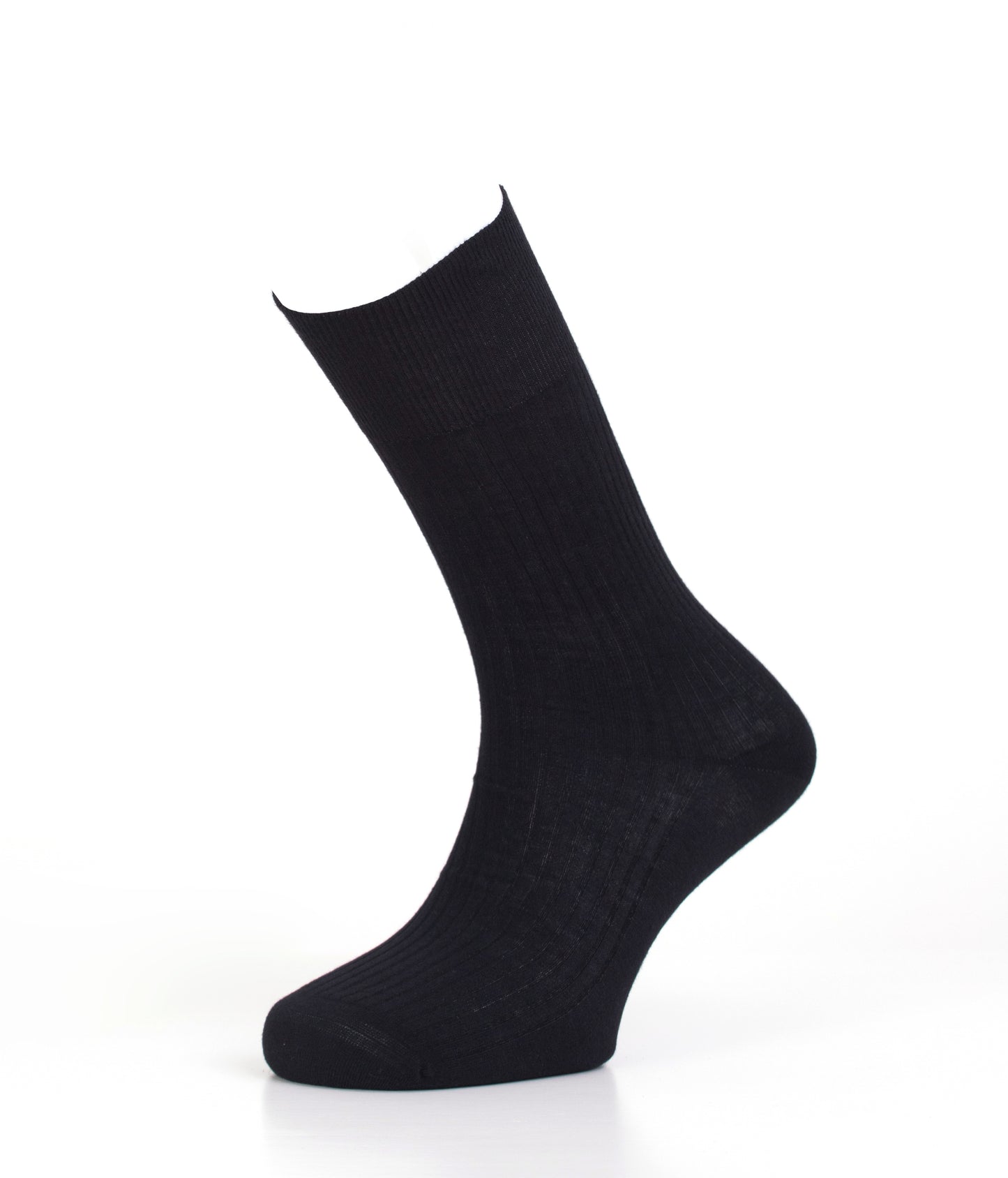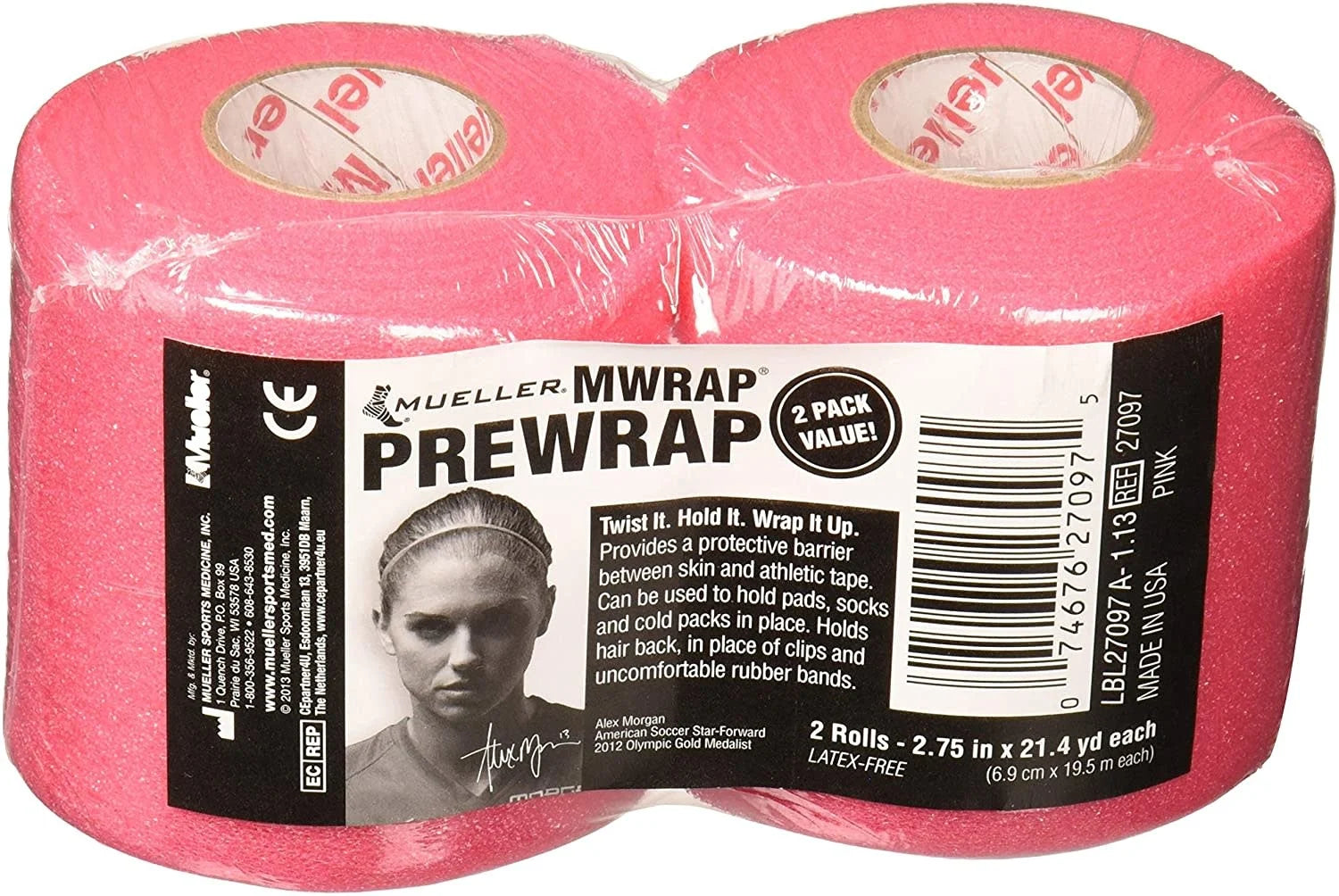

Vörulýsing
Sokkar fyrir sykursjúka án þrýsti(compression) virkni, án teygju og sauma sem valda ekki núningi. Ofið úr mjög mjúkri og gleypjandi bómull. Sérstök meðhöndlun í framleiðslu til að hindra baketeriuvöxt. Fótasár og sýkingar eru vandamálin sem geta skapast af sykursýki. Alvarleiki vandans getur verið allt frá minniháttar meiðslum til alvarlegra skemmda á vefjum fóta. Fyrstu einkenni eru bólga, roði eða sársauki. Sár geta komið fram á ilinni og eftir að þau gróa geta þau komið fram aftur. Ef sárin eru ekki meðhöndluð getur orðið vefjadauði á staðnum og húðin verður dökk. Ef þú ert með sykursýki ertu alltaf í hættu á að fá fótsýkingu.
"Fóturinn með sykursýki" einkennist af útliti sára í fótum, af völdum úttaugakvilla (breyting á næmni við enda útlima) og versnuð af breytingum á blóðrásinni sem stafar af örofnasjúkdómum (breyting á útlægum æðum sem einkennist af minnkaðri blóðrás í litlum æðum vegna þrengingar eða teppu í blóðrásinni (macrocrean) í stærri skipum vegna hindrunar eða hindrunar). þrenging).
Um 50% sykursýkissjúklinga eru með taugakvilla sem einkennir fót í hættu. Blóðrásarbreytingar leiða til næringarskerðingar og lélegrar súrefnis í vefjum vegna skorts á blóðflæði, lækka varnir og stuðla að útliti sára.
Greining á fæti með sykursýki er aðallega gerð út frá einkennum taugakvilla (minnkað næmi – svæfingarleysi, eða algjört tap á næmi – svæfingu); með nærveru calluses; með breytingum á nöglum og minnkaðri blóðrás með minnkuðum eða fjarverandi slagæðapúlsum og kólnun á fæti.
VARÚÐARRÁÐSTAÐANIR:
• Skoðaðu fæturna daglega, þar á meðal á milli tánna, með tilliti til skurðar, kalsárs eða blöðru.
• Þvoðu fæturna daglega með volgu vatni.
• Þurrkaðu fæturna vandlega, sérstaklega á milli tánna, helst með mjúku bómullarefni.
• Takmarkið eða sleppið alveg að nota áfengi.
• Berið rakakrem á fætur og kálfa en aldrei á milli tánna.
• Fjarlægðu ekki naglabönd, klipptu neglur í beinni línu án þess að skilja eftir brúnir, ef nauðsyn krefur, raspaðu neglur.
• Ekki ganga berfættur, ekki vera í þröngum skóm, með oddhvassa tá, gúmmí- eða plastsandala, opna og með ól á milli tánna.
• Áður en þú ferð í skóna skaltu athuga hvort það sé enginn hlutur sem gæti skaðað fótinn.
• Þegar þú situr skaltu koma fótum á skemil, hreyfa tærnar – það bætir blóðrásina.
• Ef þú tekur eftir vansköpuðum tám, kaldrif, sár, kalda fætur, neglur sem vaxa lítið skaltu leita til læknis.
• Notaðu helst BB-Medical sykursokka fyrir sykursýki – þeir vernda húðina fyrir núningi og koma í veg fyrir svitamyndun.
Men's diabetic foot sock without compression, without elastic and with stitching without any friction.
Men's diabetic foot sock without compression, without elastic and with stitching without any friction. Made of very soft and absorbent cotton. This sock has anti-bacterial treatment. Foot ulcers (wounds) and infections are the problems that diabetes can cause. The severity of the problem can range from minor injuries to serious damage to the tissue of the foot. Initial symptoms are swelling, redness, or pain. Wounds can appear on the sole of the foot and after they heal they can reappear. If the wounds are not treated, there can be tissue death at the site and the skin becomes dark. If you have diabetes, you are always at risk of having a foot infection.
The "diabetic foot" is characterized by the appearance of ulcerations in the feet, caused by peripheral neuropathy (change in sensitivity at the end of the limbs) and aggravated by circulatory changes resulting from microangiopathy (peripheral vascular change that is characterized by decreased blood circulation in the small vessels due to their narrowing or obstruction) and macroangiopathy (decreased blood circulation in larger vessels due to their obstruction or obstruction). narrowing).
About 50% of diabetic patients have neuropathy that characterizes a foot at risk. Circulatory changes lead to a nutritional reduction and poor oxygenation of tissues due to the deficiency of blood flow, lowering defenses and contributing to the appearance of lesions.
The diagnosis of diabetic foot is made mainly by the symptoms of neuropathy (decreased sensitivity – hypoesthesia, or total loss of sensitivity – anesthesia); by the presence of calluses; by changes in the nails and decreased circulation with decreased or absent distal arterial pulses and cooling of the foot.
PRECAUTIONS TO BE TAKEN:
• Examine the feet daily, including between the toes, for cuts, calluses or blisters.
• Wash your feet daily with warm water.
• Dry your feet carefully, especially between the toes, preferably with a soft cotton fabric (diaper type).
• Do not use alcohol.
• Apply moisturizing cream on the legs and feet, never between the toes.
• Do not remove cuticles, cut nails in a straight line without leaving edges, if necessary, file nails.
• Do not walk barefoot, do not wear tight shoes, with a pointed toe, rubber or plastic sandals, open and with straps between the toes.
• Before putting on your shoes, check that there is no object that could hurt your foot.
• When sitting, raise your feet, move your toes – it improves blood circulation.
• If you notice deformed fingers, calluses, wounds, cold feet, nails that grow little, see a doctor.
• Preferably wear BB-Medical Diabetic Foot Socks – they protect the skin from friction and prevent sweating.



